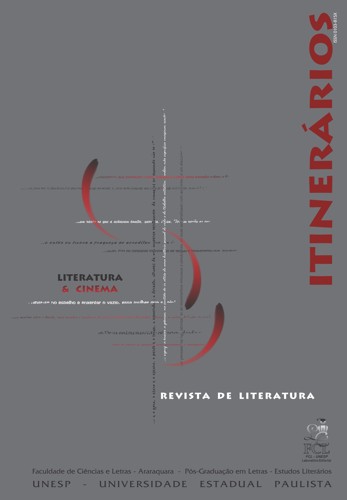From verbal to visual: strategies of enunciation in two narratives of horror
DOI:
https://doi.org/10.58943/irl.v0i36.6392Keywords:
Literature and cinema, Adaptation, Infidelity, Enunciation, Intertextuality,Abstract
For the French semiotics, the enunciation, presupposed in the enunciate, is an instance that mediates between the semio-narrative (virtualized) structures and the discursivization (the structures constructed in the form of discourse). The enunciation can be reconstructed from the clues it spreads in the statement. In “The masque of the red death”, tale (Poe) and the movie (Corman), there is the establishment of two different enunciative instances with their own discursive strategies. In the narrative of horror of those two enunciates, the construction of the enunciative categories (person, space and time/tense) is established by two enunciators that manipulate the reader / viewer, keeping between them intertextual relations. It seems that this relationship poses a remaining problem, when the translation of a literary work for the cinema takes place: infidelity. Infidelity, discussed as something inherent to the process of an inter-semiotic translation, can sometimes be considered as a gross exaggeration. Intertextuality is a priori the constitutive characteristics of any text and at the same time is the set of explicit or implicit relationships that a text or a particular group of texts has with other texts. This can be seen when the tale and the movie in question set up a dialogue between themselves and begin to operate with two distinct enunciative instances expressed clearly in intertextuality, revealing a common theme of transgression: to cheat death. Based on this assumption, the main goal of this study is to verify with the support of the French semiotics how these enunciates interact with each other and present two distinct enunciators, showing that infidelity should not be considered as a basis for the analysis of a filmic reading made from a literary work.Downloads
Issue
Section
Literatura & Cinema
License
Os manuscritos aceitos e publicados são de propriedade da revista Itinerários. É vedada a submissão integral ou parcial do manuscrito a qualquer outro periódico. A responsabilidade do conteúdo dos artigos é exclusiva dos autores. É vedada a tradução para outro idioma sem a autorização escrita do Editor ouvida a Comissão Editorial.

